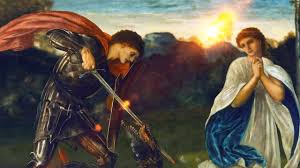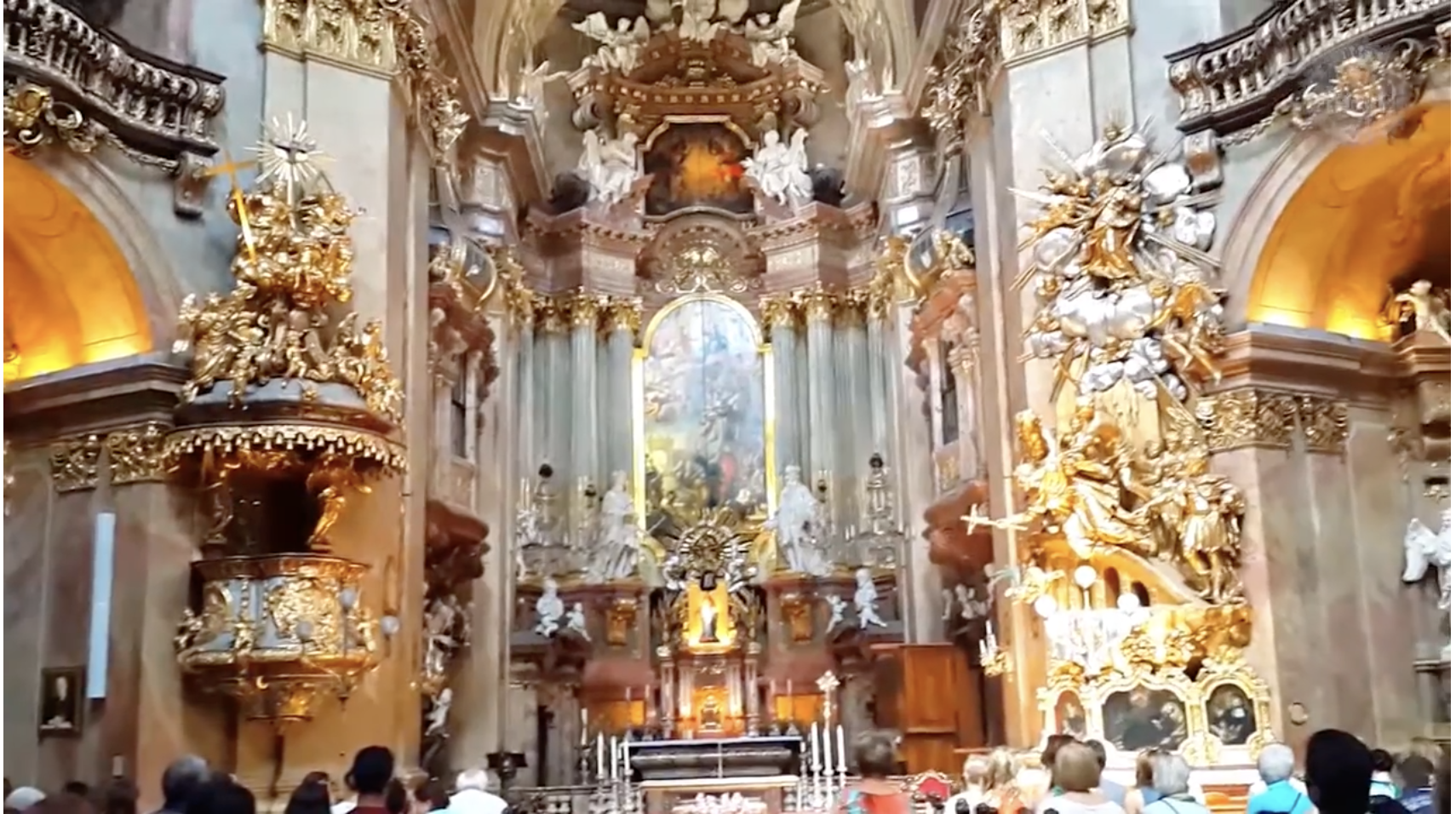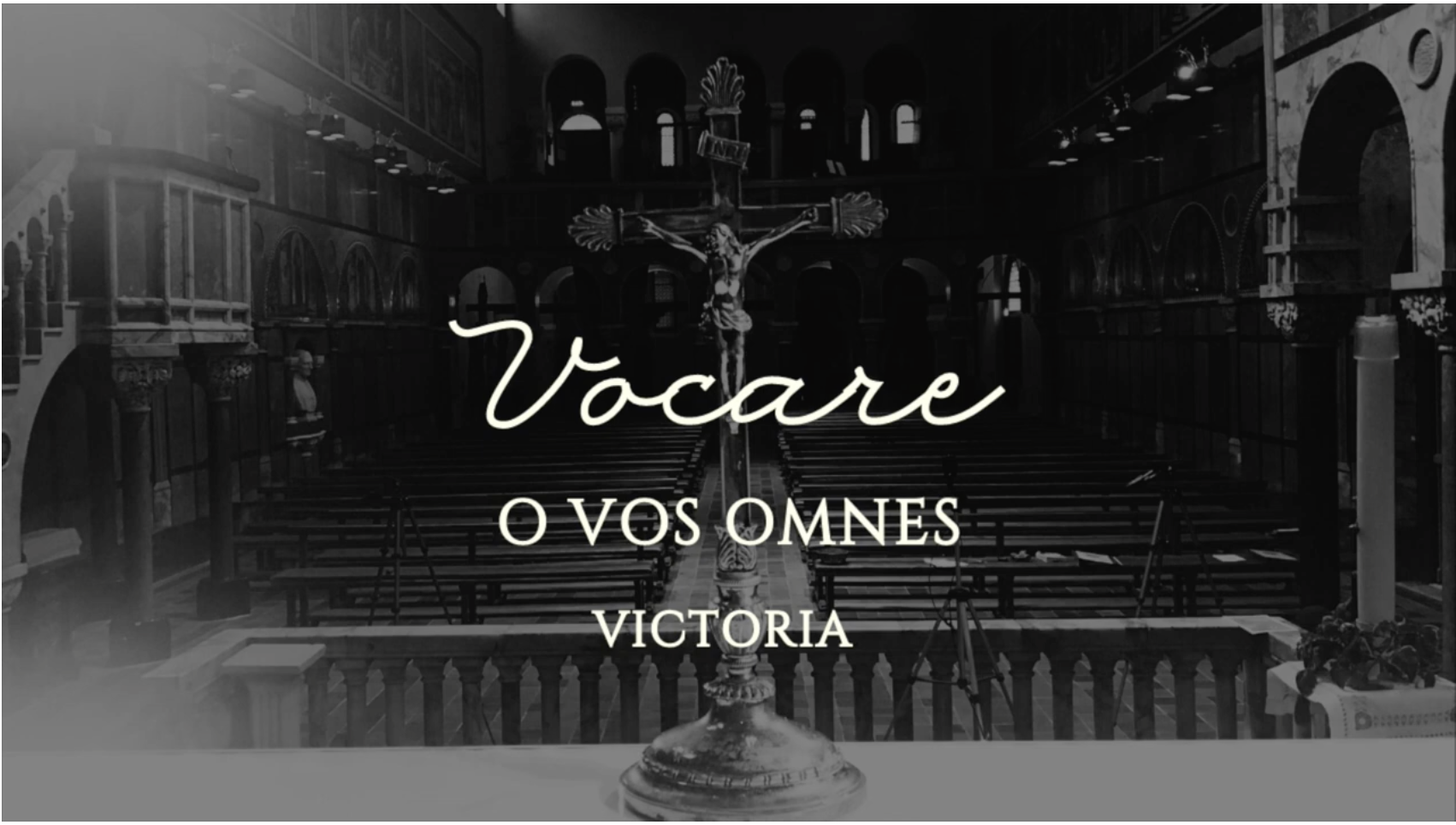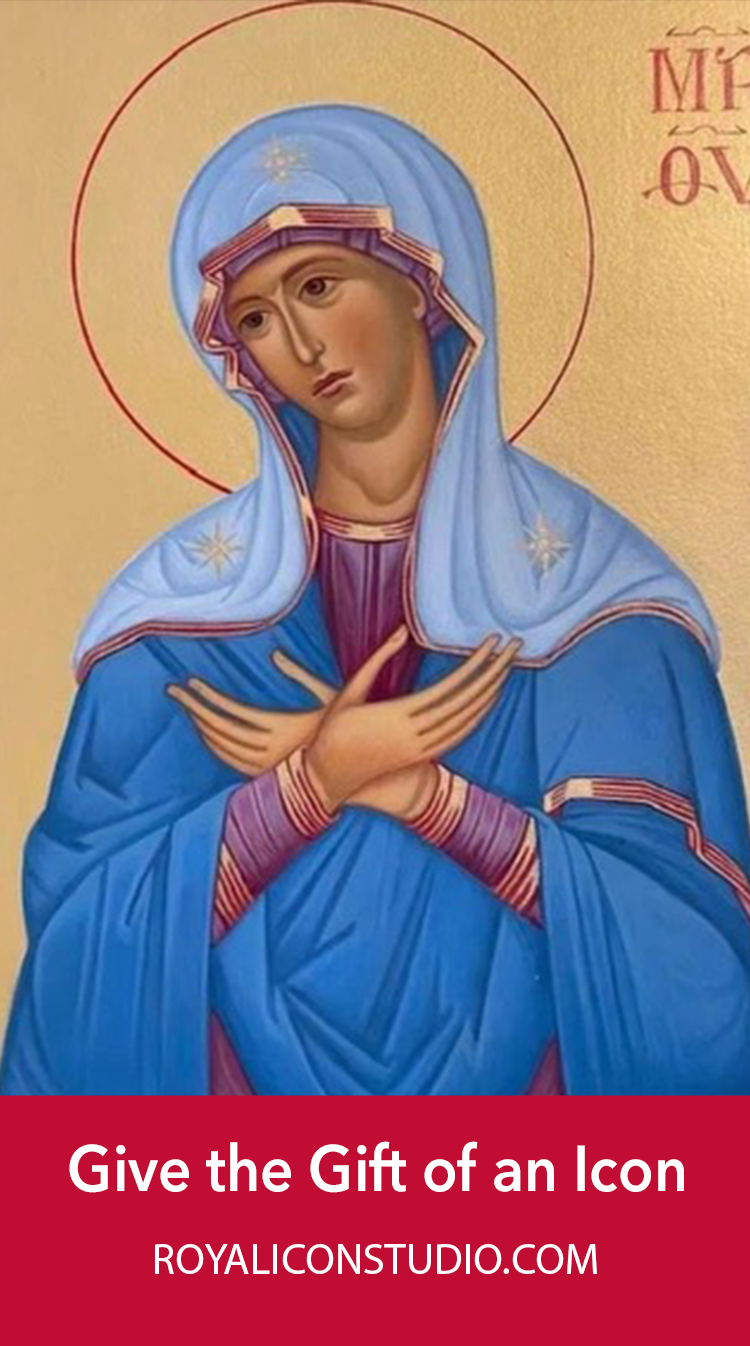The power of images is, for better and worse, immense. It’s felt in everything around us, from beautiful stained glass to advertising to pornography. This power drove primitive man to fashion images of animals, people, and gods.
The dangers in such power perhaps lie behind God’s warning in Exodus not to make “a graven image, or any likeness of anything that is in heaven or above, or that is in the earth beneath, or that is in the water under the earth.” We seem to have a tendency to pass from images to idols.
My direct concern here is not iconoclasm, or the push to cleanse images from the religious or political sphere, which erupts from time to time. Rather, I want to understand the power of images that ignite destructive impulses.
That power also fuels our profound response to beautiful images, of course, a response the Church teaches is good and to be cultivated.
Philosophy and literature can help us understand this power.
Aristotle claimed that the telos, or end, of human persons is happiness – by nature, we come into being to be happy. That happiness is, for Aristotle, contemplation of the highest or divine things – not a feeling or sensation, but rather a rational activity of the soul, which virtue makes possible and carries its own high pleasure.
But strangely, this end for persons, this most human activity, is rare or incomplete at best. It’s “too divine” for us.
The Church teaches that this frustration is resolved by the possibility of salvation in Christ, which opens for us happiness in the next life. That happiness consists in participating in the Triune love, a way of thinking about contemplation that Aristotle could not have grasped in its fullness. It required revelation to understand, to the degree we can understand.
Pictures and portraits tell us a great deal about persons and their progress, or lack thereof, toward their end. Monsignor Robert Sokolowski writes that art – poetry with its images, as well as pictures and portraits – imitates “the action that actualizes or destroys our beatitude,” our final happiness. A portrait tells us something about the efforts of the person portrayed at achieving what he was made for.
The portrait presents many features of a person – the look on the face, posture, clothes, other objects that help us not just identify the subject, but understand him or her.
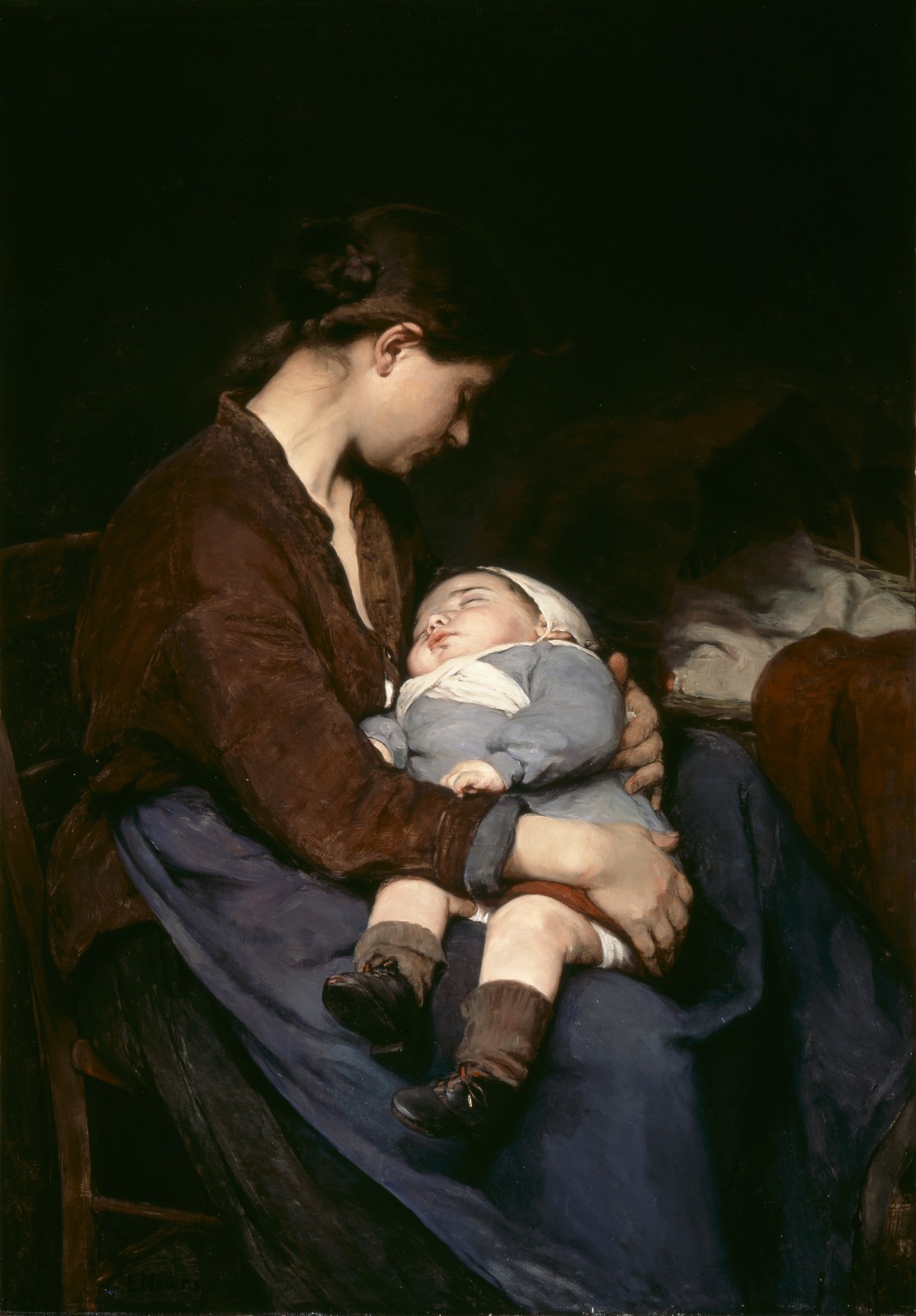
Such a picture or portrait is not a static thing. It involves a kind of motion, a “reflux” whereby the action imitated in the piece of art “flows back over actual action.” The person seeks his end but cannot fully realize his happiness. And we realize that we ourselves are engaged in the same action, the same attempt at happiness. There’s a certain “tragedy” in this.
With that realization comes, a deeper understanding of ourselves, and perhaps a deeper channel of hope and faith in the ultimate possibility of happiness.
Maybe that is why portraits of saints, whom we know to be happy after their sufferings and failures in this life, can be so powerful.
Pictures make something that is absent to us, present to us. When I look at a picture of my friend Janet, writes Sokolowski, “I see Janet in her picture,” not a mere sign of Janet. Janet is “presenced” in the picture, and we respond to that presence. This presencing is such a powerful force that it can cause us to forget the distinction between the picture itself and its subject.
That power stems from the fact that in a picture of someone, the same someone is both absent and present to us. The identity of the absent and present person is what we respond to as we look at the picture.
And we ask, is the person in the picture, whom we perhaps love and want to be happy, thriving or not? Are we ourselves thriving?
One of the most poignant literary presentations of these philosophical insights comes in Mark Helprin’s recent novel, Paris in the Present Tense.
The protagonist, the elderly Jules Lacour, is a low-ranking but excellent music instructor who has always preferred the beauty of music to the prestige and compensation of higher professorial rank. His wife Jacqueline has died, and his daughter Cathérine has a seriously ill child, his grandchild.
Helprin describes the pictures in Jules’s home. In one photo of his youthful wife, “Jacqueline’s young eyes held a complete knowledge of what was to come, and her smile held sadness.” Such is the tragedy that a photograph can evoke in us.
Elsewhere in Jules’s abode,
The photographs of his wife and child, his mother and father, would, with concentration, come alive. Jacqueline in a canoe in Canada, her head turned toward him as she sat in the bow, her flowing deep red hair. . . . Jacqueline, age twenty-seven, the first, formal, faculty portrait of her, in a Chanel suit. Her youth, her openness, kindness, and willingness shone through as if she were really there. Cathérine, in a gorgeous portrait of her asleep as a baby, in complete innocence and flawless beauty. . . . And the tattered, cracked, sepia photograph of his parents at a beach in the thirties, when they were less than half his age now. Perhaps he read too much into it, but it was as if, despite their expressions, they knew, and as if they were looking at the child who was yet to be born and who was looking at them from the future they understood then better than it would be possible for him to understand now. Such is the power of photographs, the power of music, and the power of love.
Such is the power of the presence and absence of those we love in their pictures and portraits.
I can only close with more good wishes and prayers for The Catholic Thing’s David Warren, whose recovery continues. May his absence soon return to presence.
*Image: Une Mère (A Mother) by Elizabeth Nourse, 1888 [Cincinnati Art Museum]


